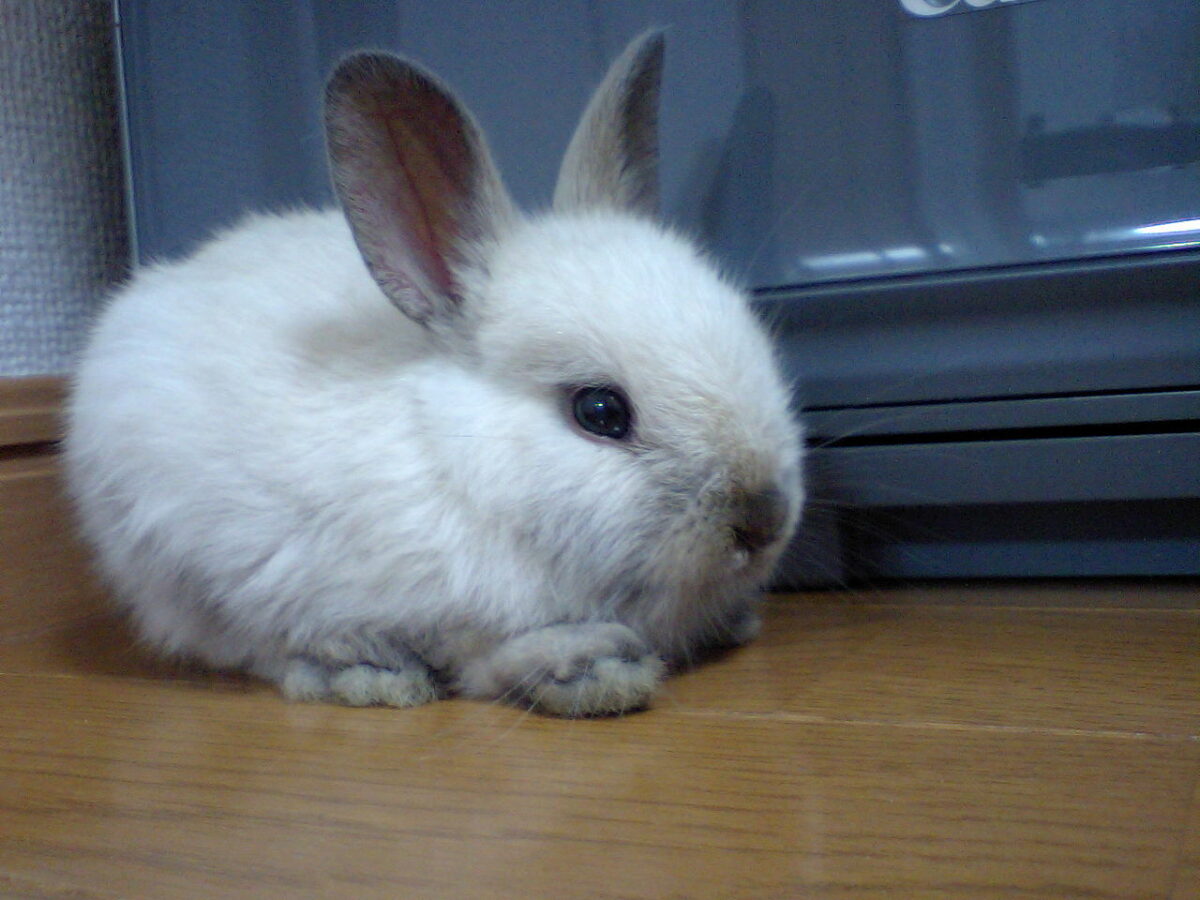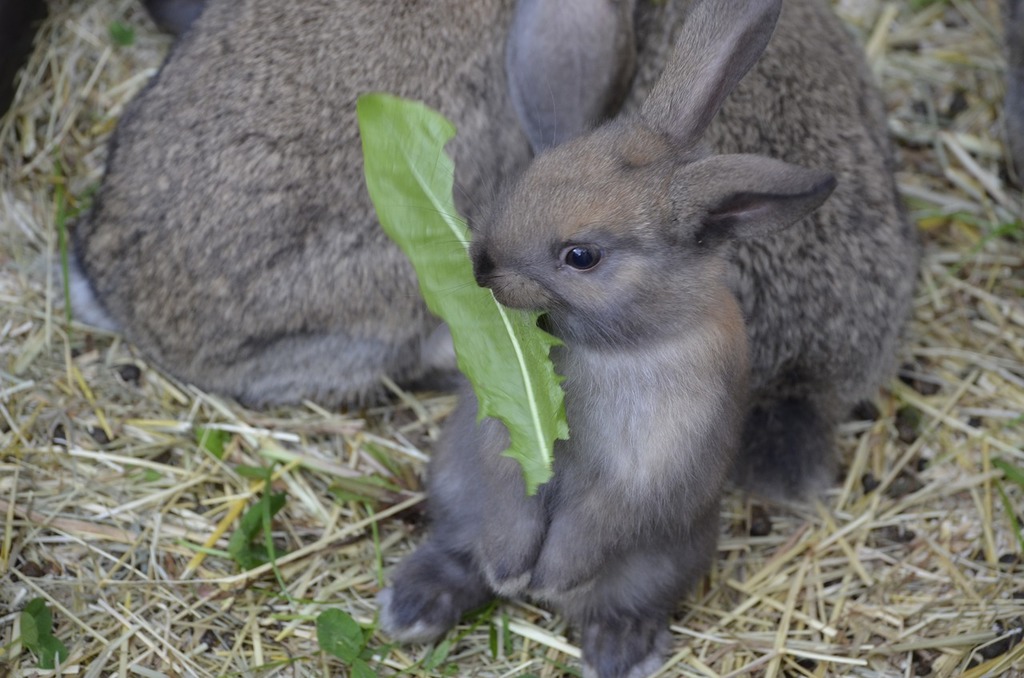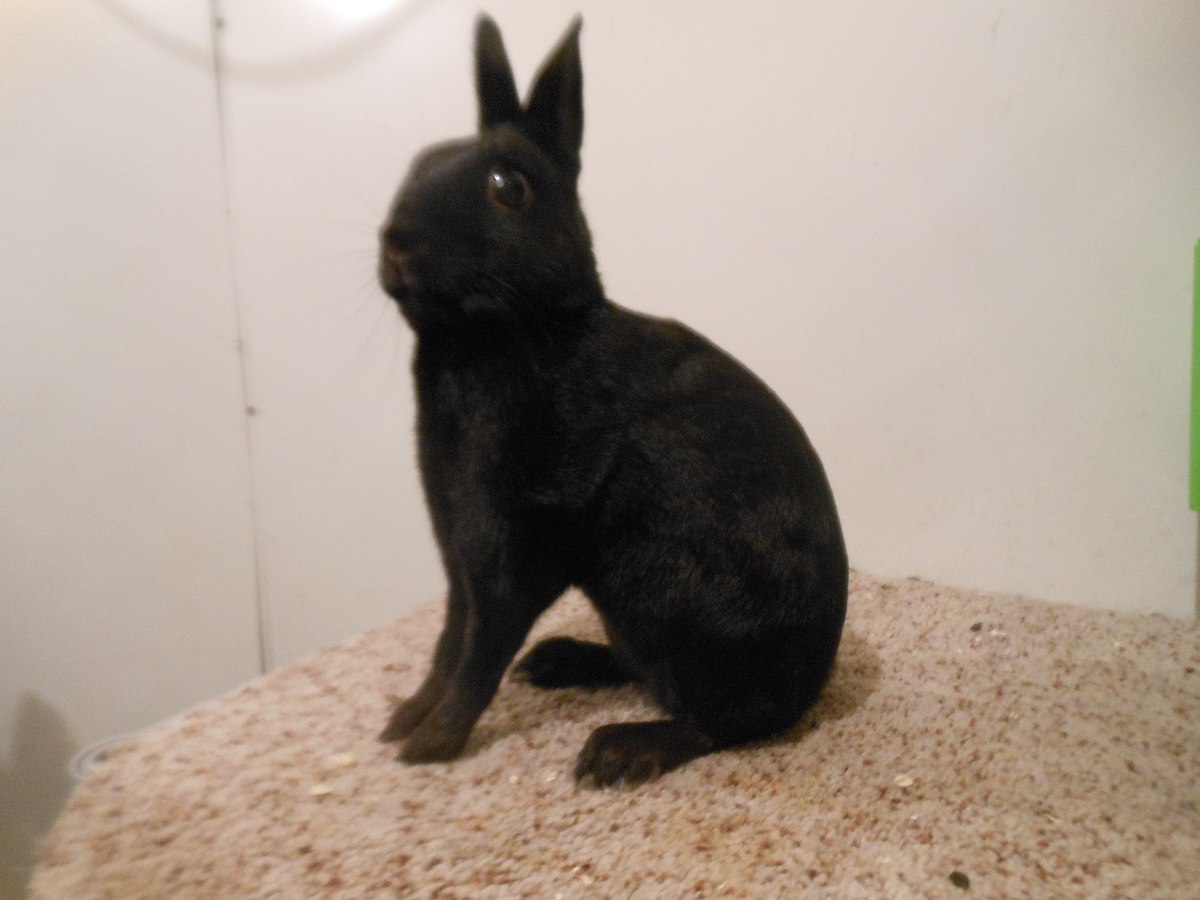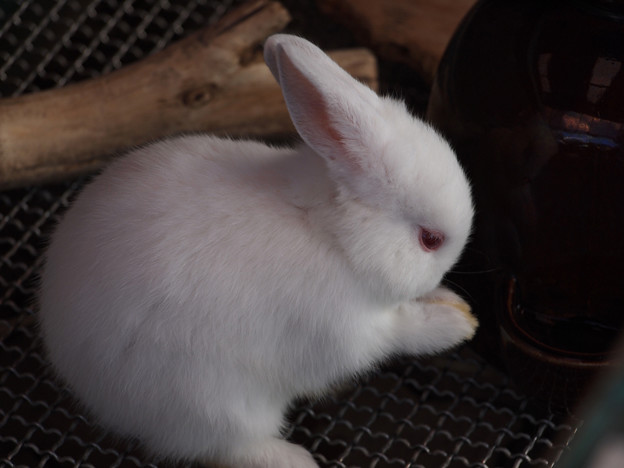When it comes to intriguing and endearing pets, dwarf bunnies hold a special charm. Much like their regular-sized counterparts, these petite creatures have specific needs to live a vibrant and healthy life. We’re here to delve deeper into understanding these delightful critters and their unique requirements.
A Closer Look at the Dwarf Bunny

Boasting a small size, dwarf bunnies are about the size of a large guinea pig, weighing just between one and a half to three pounds. They have an array of breeds but aren’t categorized as a separate species. The term ‘dwarf’ signifies their miniature size, which is a result of a specific gene in their DNA. Let’s dive into discovering more essentials of keeping these charming beings as pets.
What Do Dwarf Bunnies Eat?

Primarily being grazing animals, dwarf bunnies’ diet comprises mainly of good quality hay. Timothy hay serves as an ideal food source and is usually complemented by proportionate amounts of rabbit pellets and fresh vegetables. Some great options can be:
- Leafy greens like kale or broccoli
- Root vegetables, for instance, carrots and parsnips
- Chopped apple pieces as occasional treats
Understanding a Dwarf Bunny’s Living Requirements

Every pet needs a safe and comforting environment to thrive in, and dwarf bunnies are no exception. Ensuring they have prosperous living conditions plays a critical role in their health and happiness.
Cage Necessities
It’s desirable for a dwarf bunny to have its designated area, even if it spends significant time outside. This not only provides a secure sanctuary for the pet but also serves as an area where it can retreat and relax. A cage measuring around 30 x 30 x 14 inches offers satisfactory space for these spry, energetic creatures. When considering materials, mesh wire walls are advisable as it provides ample airflow and doesn’t invite the bunnies’ instinctive urge to chew.
Ambit of Litter Box Training

You’ll be relieved to know that, akin to our feline friends, bunnies can also be lavatory-trained. Traditional cat litter boxes, filled with shredded or pelleted newspaper, work just fine. However, steer clear from using cat litter for your dwarf rabbit’s litter box!
Fascinating Facts About Dwarf Bunnies
Consider the following striking things about dwarf bunnies:
- They’re social by nature and love company
- Dwarf bunnies have a lifespan of up to 10 years
- They’re high-spirited and lively, loving some frolicking fun
Become part of the dwarf bunny revolution today and discover a new level of animal companionship!